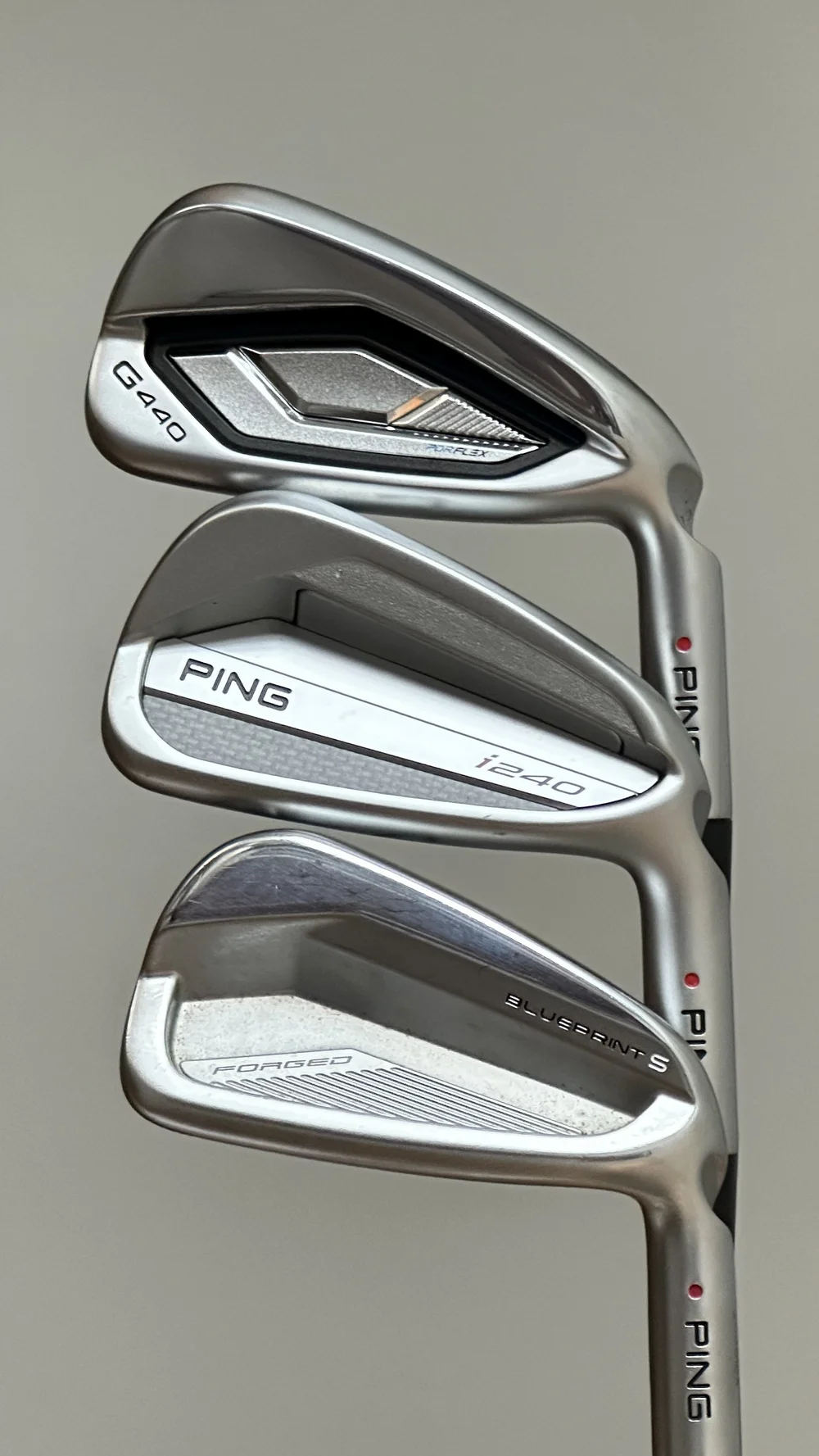Stimulated by Li et al, and Choi et al 2023.[1,2] EA ďż˝ electroacupunctureTES ďż˝ transcutaneous electrical stimulation (TENS applied to cause muscle contraction)EMG ďż˝ electromyographyUS FDA ďż˝ United States Food & Drug AdministrationTFNI ďż˝ total facial nerve indexSFG ďż˝...
Stimulated by Li et al, and Choi et al 2023.[1,2]
 Photo by ? ? on Unsplash, with some pretty bad editing on photoshop by MC to create facial asymmetry.
Photo by ? ? on Unsplash, with some pretty bad editing on photoshop by MC to create facial asymmetry.
EA ďż˝ electroacupuncture
TES ďż˝ transcutaneous electrical stimulation (TENS applied to cause muscle contraction)
EMG ďż˝ electromyography
US FDA ďż˝ United States Food & Drug Administration
TFNI ďż˝ total facial nerve index
SFG ďż˝ Sunnybrook facial grading system
HIRA �Health Insurance Review and Assessment (Korea)
I have 2 papers on Bell�s palsy for the last blog of 2023. One is a trial of EA in chronic Bell�s palsy and the other is a large retrospective cohort from Korea examining the association between early acupuncture and recurrence of Bell�s palsy.
It is not long since Bell�s palsy last featured on the blog: Bell�s palsy and DTI 2023.
Previously there has been just one other mention: Idiopathic facial palsy 2022.
Chronic Bell�s palsy was defined as an absence of recovery of facial nerve function for more than 12 months. 78 patients were recruited from 2 hospital centres in Shanghai and after exclusions 60 were randomised to either EA or TES applied in pairs directed at specific facial muscles.
The EA was applied to pairs of acupuncture points and the TES was applied following EMG guidelines for relevant facial muscles. As an example, GB14 was connected to BL2 to facilitate raising of the eyebrow and SI18 was connected to ST4 to facilitate raising of the corner of the mouth.
The interventions were applied for 6 weeks, with 30-minute sessions 3 times a week. The EA was at a frequency of 30Hz with an �intermittent wave�, and the intensity was increased in steps of 0.5mA to the level of tolerance creating an �incomplete tonic contraction� of the targeted muscles (although the device, see below, does not control output in milliamps). I am unsure what intermittent represents exactly in terms of the number of waves per second, or the time lapse between waves, but I guess that it is essentially a low frequency of application of a burst of 30Hz.
I have tried to find details about the device online (CMNS6-1, Wuxi Jiajian Medical Instruments Company Limited). I can see an image of a typical Chinese EA device with knobs. I also found a letter with technical details from the US FDA concerning the device. It uses an asymmetrical biphasic wave, controls intensity using voltage, and has an output similar to a typical TENS device. Unfortunately, there is no description of what �intermittent wave� represents � it is referred to as �interrupted wave� in the FDA details.
From my personal knowledge of this sort of device, a 3 second phase is typical, which might mean 3 seconds of near tetanic contraction with a constant stimulus at 30Hz followed by 3 seconds of rest in what is labelled as an �intermittent� mode. In the �dense dispersed� mode each 3 second period uses an alternating frequency, either low (typically 2Hz to 4Hz) or high (typically 50Hz to 100Hz).
The TES appears to have been applied in a similar manner, with 1-second-long trains of pulses at 250Hz. The device used for this appears to be quite sophisticated (XYZP-II, Xiangyu Medical Company Limited) and looks considerably more expensive than the EA device.
The primary outcome was referred to as the total facial nerve index (TFNI) and appears to be measured using AI based image detection software applied to measure the symmetry of facial features. The other outcome used was the Sunnybrook facial grading system (SFG), which is more sensitive to change than the traditional House-Brackmann Scale with its six grades from I (normal) to VI (no movement).
In this trial the TFNI seemed even more sensitive than the SFG, showing significant benefit of EA over TES at all time points from 6 to 24 weeks follow-up. Overall, the EA group improved from about 50% facial nerve function on TNFI to just over 75% and the TES group from the same baseline to just over 70%. The authors imply that 100% on TNFI is not generally achieved in normal individuals because everyone is asymmetrical to some degree.
The second paper is one of my favourite types of study in recent years because of the dramatic insights we glimpse in the associations measured in these huge cohorts. So, compared with n=60 in the trial from Shanghai, here we have n=45�986 from the HIRA database in Korea. The study compared patients newly diagnosed with Bell�s palsy who receive acupuncture within 7 days of diagnosis (n=28�267) with those that did not (n=17�719). All patients had steroids within 2 days of diagnosis. The outcome was the recurrence rate over at least a 3-year period.
The overall recurrence rate of Bell�s palsy was 1.8%, and this was lower in the early acupuncture cohort (OR: 0.79, 95% CI: 0.68 to 0.91). Other than having early acupuncture, only 3 other factors had a significant association with recurrence � age, duration of treatment, and dyslipidaemia. Younger age was associated with a tiny but highly significant increased risk of recurrence. Duration of treatment longer than 90 days was associated with an increased risk (OR: 1.47, CI: 95% CI: 1.25 to 1.71). This may reflect baseline severity of the palsy, but the HIRA database does not include data on severity, so this could not be assessed. Finally, dyslipidaemia was associated with a modest increase in risk of recurrence (OR: 1.29, CI: 95% CI: 1.09 to 1.52), although diabetes, hypertension, cardiovascular disease, and cerebrovascular disease were not.
So, in summary, sticking needles in the face appears to be a useful addition to the treatment of Bell�s palsy, with or without, and in addition to electrical stimulation of facial muscle. It is interesting that electrical stimulation of muscle through surface electrodes (TES) is so much more popular, even in China, by virtue of the equipment available to perform this form of rehabilitation.
References
1 �������� Li T, Wang S, Yin X, et al. Electroacupuncture with intermittent wave stimulation as rehabilitation approach for chronic Bell�s palsy: a randomized controlled trial. Postgrad Med J. 2023;qgad126.
2 �������� Choi Y, Lee S, Yang C, et al. The Impact of Early Acupuncture on Bell�s Palsy Recurrence: Real-World Evidence from Korea. Healthcare. 2023;11:3143.










